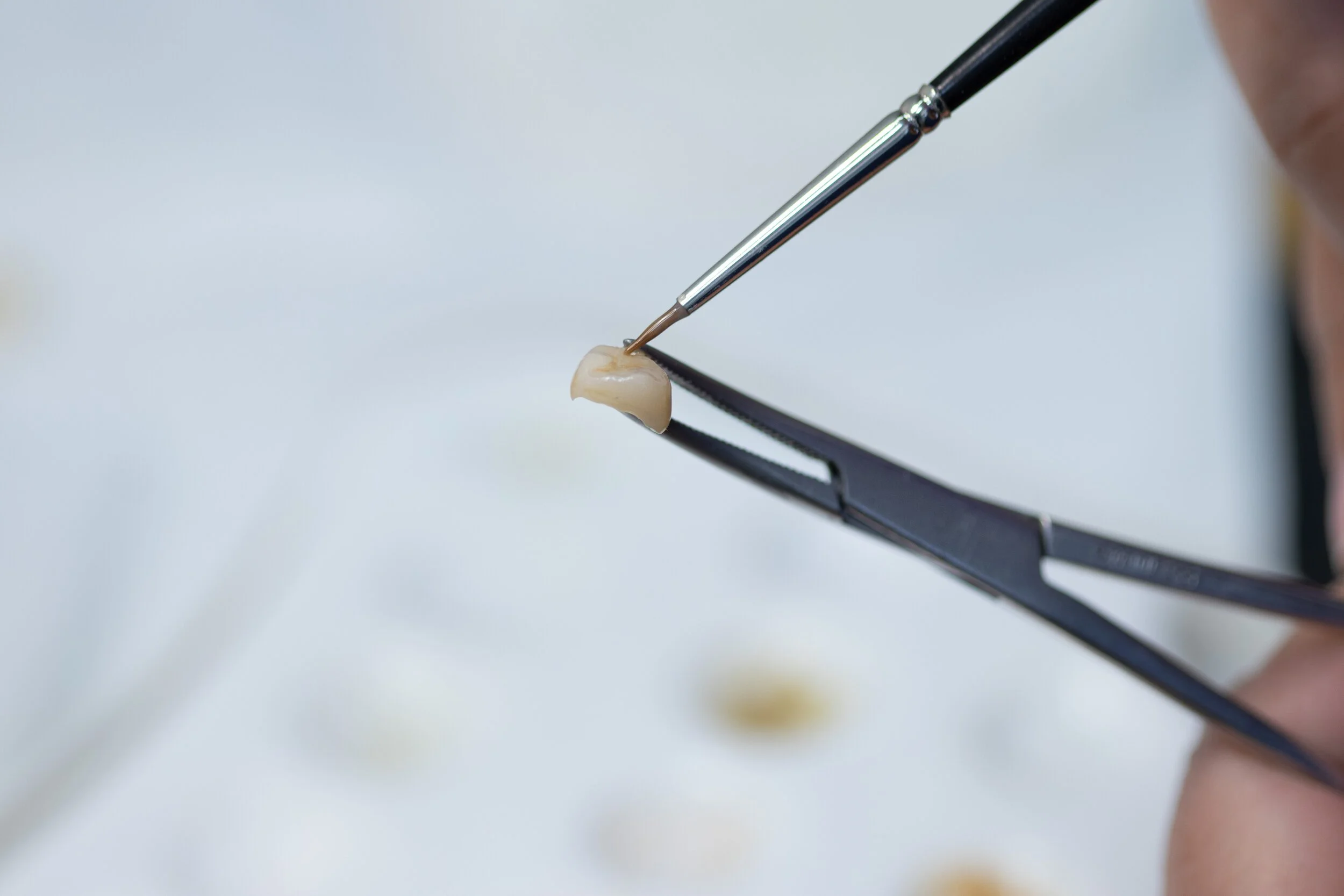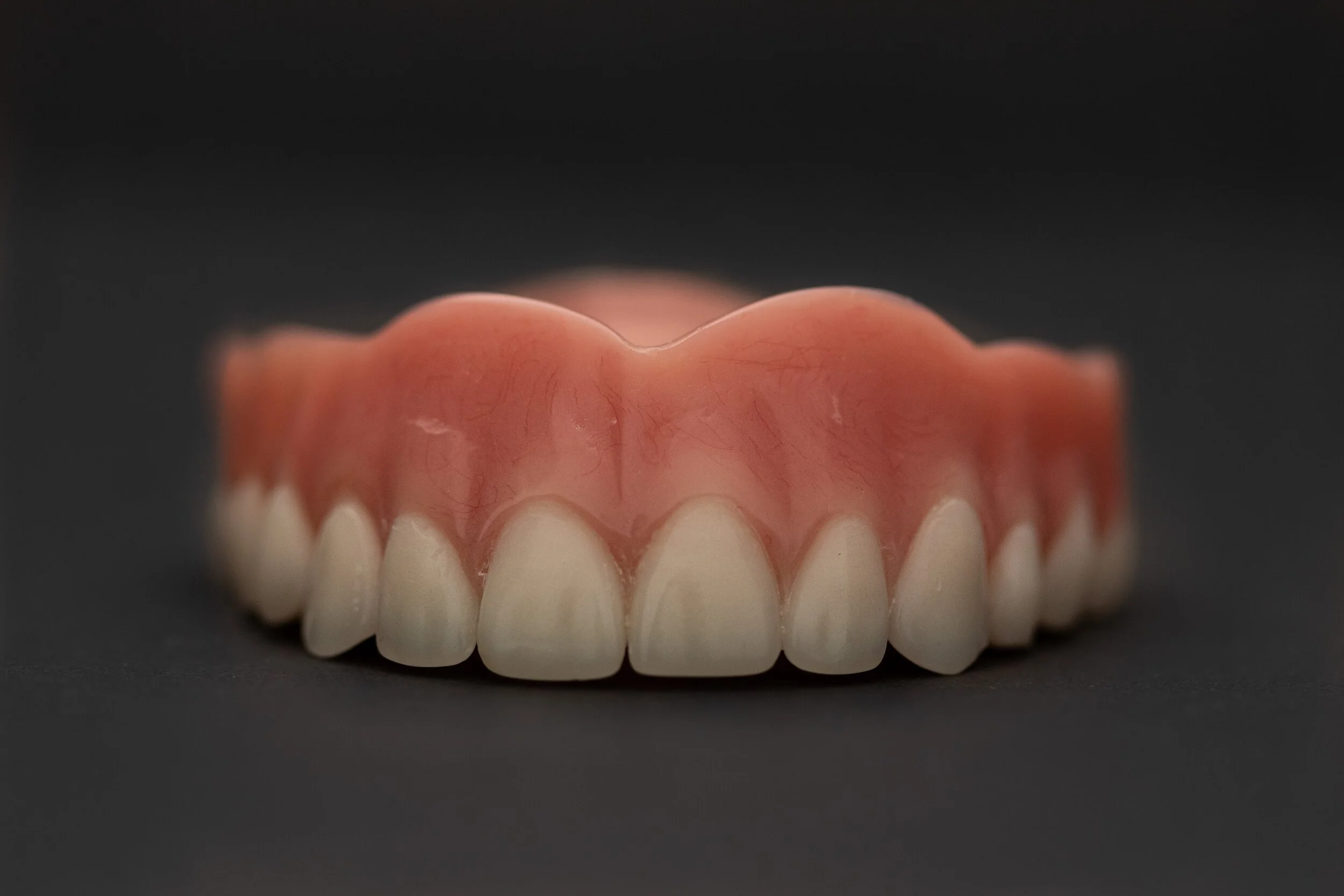Restorative Dentistry
Fillings
Fillings are used to replace tooth structure that has been removed due to decay or other pathology. Fillings are used when there is enough healthy tooth structure remaining to support the restorative material. Composite restorations (tooth colored fillings) are the most commonly used material in our office, however, there are some instances when we place amalgam restorations (silver colored fillings). Both types of material have their advantages, and we would be glad to discuss them with you.
Crowns
A crown (sometimes called a cap) is a covering that completely encases the tooth, restoring it to its original size and shape. A crown strengthens and protects tooth structure that cannot be restored by more conservative treatments, such as fillings, inlays or onlays.
Several types of dental crowns are available. Here at Alpenglow Family Dentistry, we discuss the options that are available to help you make the best choice for your mouth.
CEREC Crowns
Alpenglow Family Dentistry has the ability to fabricate same-day crowns with the use of our CEREC machine, eliminating the wait times of sending impressions to and from an outside lab.
What is CEREC?
CEREC (Chairside Economical Restoration of Esthetic Ceramic) is a method of creating dental restorations (such as crowns or onlays) while at the dental office. Specifically, restorations are designed and created using CAD/CAM (computer-aided design and computer-aided manufacturing.) This process means designs are made from impressions with computer software and then passed to a unit that fabricates the ceramic restoration in a single visit. CEREC is the modern solution to your dental care needs.
Porcelain Crowns (“Tooth Colored Crowns”)
During this crown procedure, your dentist prepares the tooth and makes a molded impression of the teeth that is sent to a dental laboratory. Our office creates a temporary crown during this visit to protect the tooth while the final restoration is being made in the dental laboratory. Once completed, the permanent crown is cemented at a later visit.
Gold Crowns
A gold restoration procedure also requires the dentist to prepare the tooth and make a molded impression that is sent to a dental laboratory. Our office will create a temporary crown to protect the tooth while the final restoration is being made in the dental laboratory. Once completed, the permanent crown is cemented at a later visit.
Onlays
Similar to a crown, onlays preserve the functionality of damaged teeth but allow us to be as conservative as possible. It is important for us to save as much of your natural tooth as possible while providing the protection that it needs. Onlays can be made from a variety of material with the most popular being E-max (tooth colored) and gold.
Implant Crowns
Implants are now the standard of care to replace missing teeth. An implant is composed of 3 parts: the implant (screw), the abutment (attaches the implant to the crown), and the crown. We pride ourselves on restoring implants with crowns that look and feel like your natural teeth.
Bridges
Dental bridges are used to restore an area where a tooth is missing between two other teeth. The process is very similar to getting a standard crown or cap. The two teeth on either side of the space left by the missing tooth are prepared for crowns and an impression is taken of the area of the missing tooth. This impression is sent to a dental lab to have the bridge fabricated.
Dentures
Dentures are prosthetic devices constructed to replace missing teeth and are supported by the surrounding soft and hard tissues of the mouth. Conventional dentures are removable whether they are partial dentures or complete dentures. Complete dentures replace all the teeth, while a partial denture fills in the spaces created by missing teeth and prevents other teeth from changing position.











